Lavander (Common lavender, Lavandula, English lavender, Spanish lavender, French lavender, Garden lavender, True lavender, Spike lavender) is an herb originated in the Mediterranean and northern Africa.
Nowadays, we often grow Lavender for its essential oil. This oil has some medical benefits, but you should know that it is toxic when swallowed.
Health Benefits of Lavender
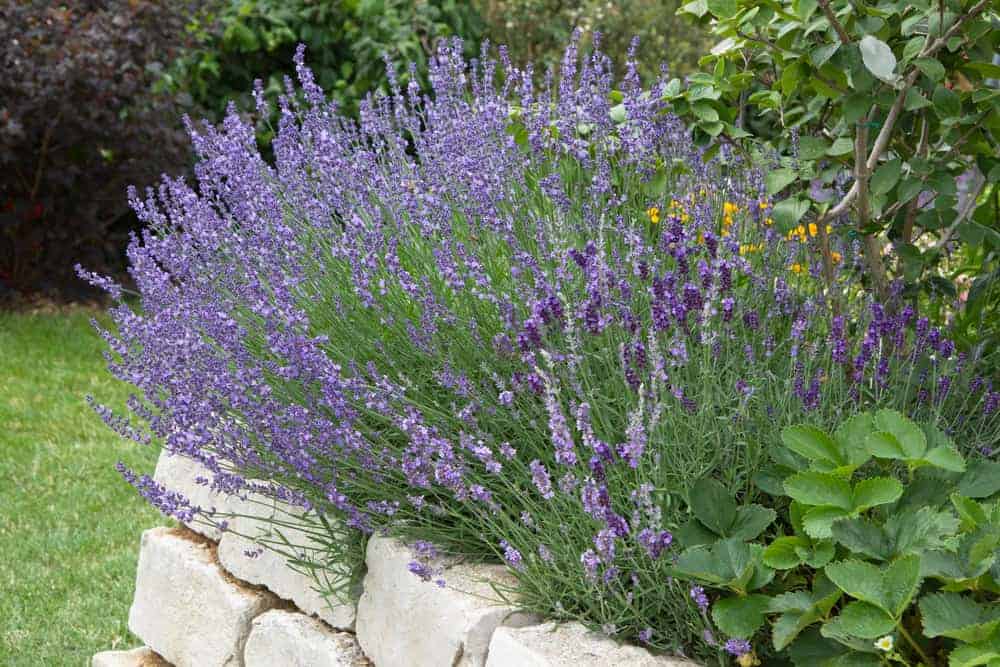
The FDA (Food and Drug Administration) hasn’t approved Lavander as a drug, but this natural remedy may help you in many situations. It has been used for treating anxiety, insomnia, and as an antiseptic for centuries. Let’s see why most of us adore this plant.
- Anxiety disorder – It is well-known for centuries that lavender scent has a calming effect and efficiently reduces anxiety. It seems that taking 500 mg of dried, powdered lavender flowers daily in ten days may alleviate anxiety symptoms.
- Depression – Almost all results of relevant research show that application of lavender oil may help patients suffering depression. Also, many people with this problem have a positive experience with lavender aromatherapy.
- Fungal infections – The lavender oil is lethal to most of the fungal strains causing skin diseases. Results of some relevant studies show that this oil destroys the fungal cells’ membranes.
- Healing wounds – Scientists compared the effects of lavender oil, saline solution, and povidone-iodine on laboratory rats. The conclusion is that lavender oil has a higher impact on the healing of wounds than the other two remedies.
- Menstrual pain – Inhaling lavender oil in combination with massages, may reduce menstrual pain.
- Canker sores – Applying only two drops of lavender oil three times a day may reduce canker sore pain and swell in the affected area.
- Hair loss – This plant is useful in Alopecia areata treatment when the patient loses hair from the body. In fact, the oil of this plant promotes the growth of hair by about 44% after six to seven months of treatment.
How to Plant Lavender in Your Garden
When to plant Lavender
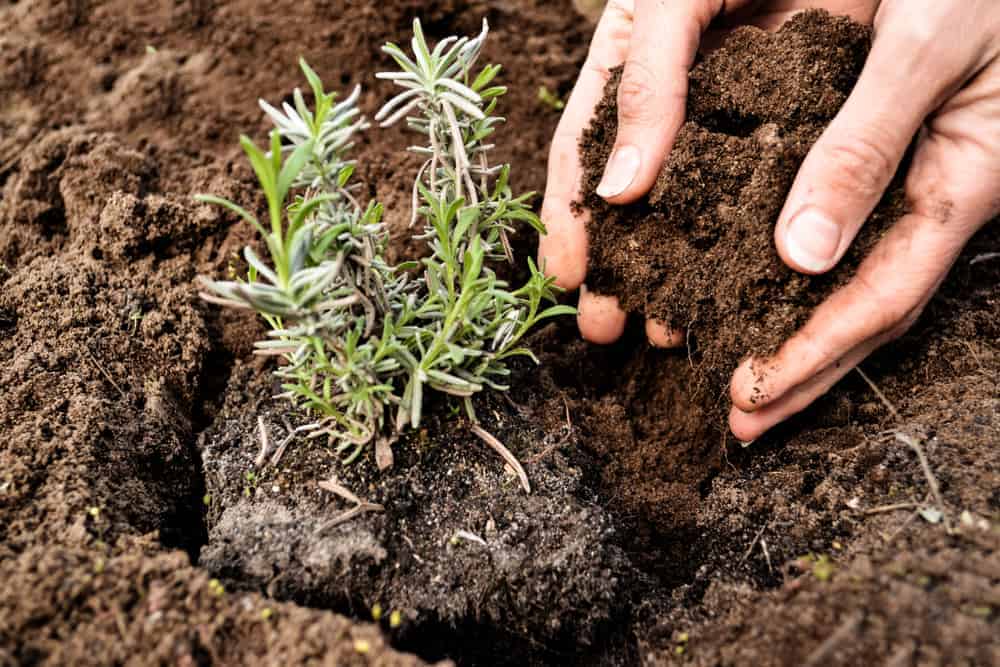
The best period for planting Lavender is from April to May when the ground becomes warm and fresh seedlings are available in garden centers. Finish the job before the hot summer days.
You can’t plant this flower during winter if you live in a cold region because the cold, wet soil causes rotting young plants.
When you plan to plant Lavender in a pot, the time for this activity is irrelevant. However, you should avoid transplanting young plants when the days are extremely hot in mid-summer.
Where to plant Lavender
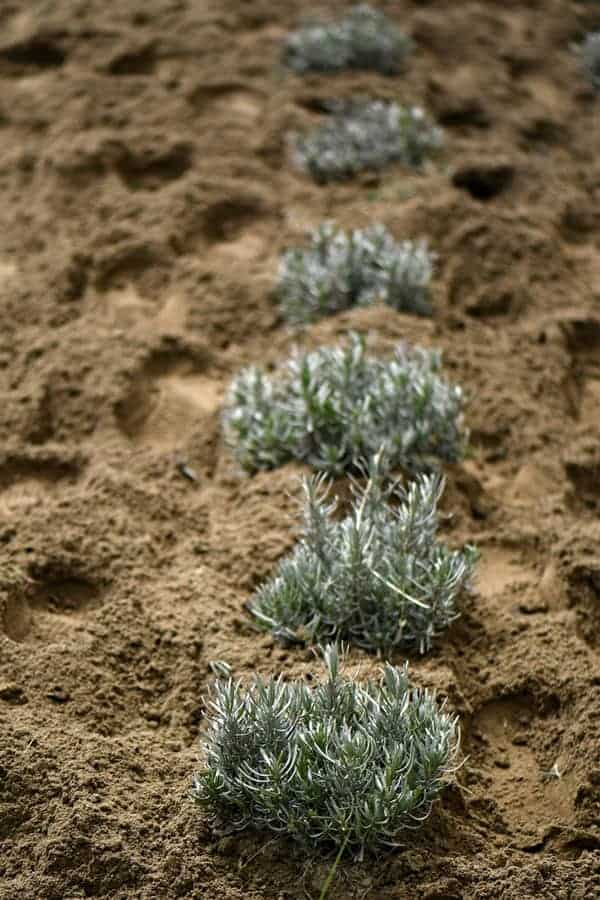
You can plant these flowers in almost every place. It fits the herb gardens, flower borders, garden beds, pots, and it will look great even as a low hedge. Start by choosing a location with well-draining soil and full sun. Be sure that the spot you choose doesn’t get too wet.
Lavender is a great plant for a sunny, dry area of your yard. Take a garden hoe, dig over the place where you want to plant your Lavender, and remove all the weeds.
If the soil in your garden is too heavy, it would be an excellent idea making 8 to 12 inches (20 – 30.5 cm) high mound. Plant your flower there to avoid root rot when the ground is consistently wet.
Growing Lavender from seeds
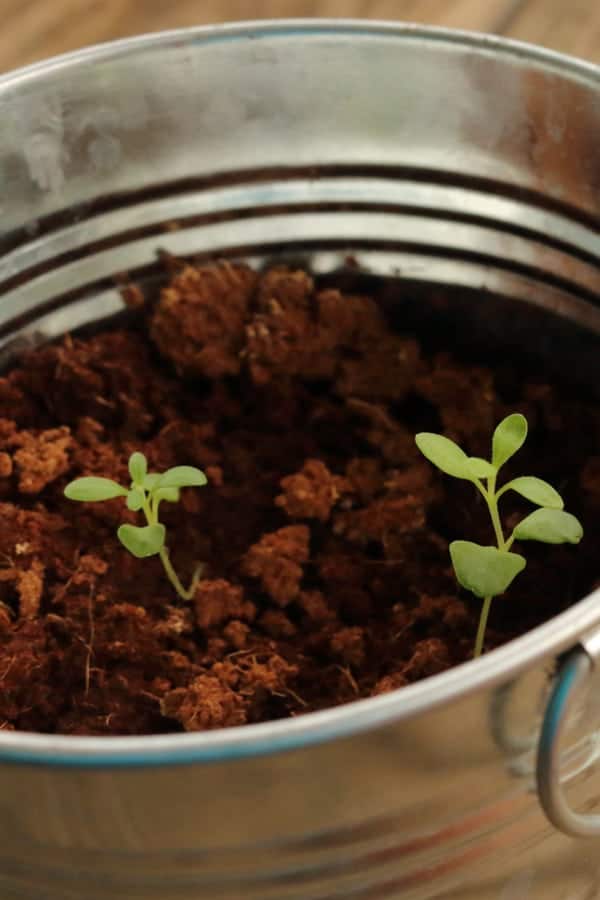
If you prefer sowing your Lavender from seeds, you need to be very patient. They germinate slowly, and you can expect first sprouts in two to three weeks. Plus, you can see the first flourishing only in a few years.
In my opinion, it is not a practical way at all. You can try this way just if you enjoy collecting seeds from your garden and like to experiment.
Growing Lavender from cuttings
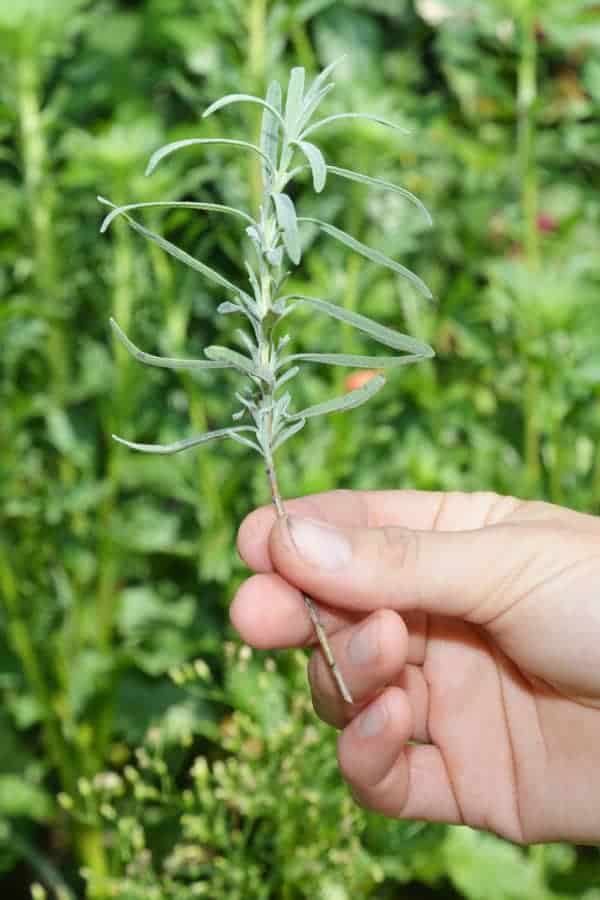
For this way of planting your Lavender, you need to use a few inches long stems with at least 3 to 5 leaf nodes at the plant’s base. It’s up to you if you root them in a glass of water or directly in the ground.
If you decide to root Lavender directly in the ground, dip the cuttings into rooting hormone first, and then put them in the hole. If you keep the soil well aerated and modesty watered, they will root after 3 to 6 weeks.
You should plant cuttings 3 feet (0.9 m) apart if you decide to organize them in a group. If you want to make Lavender hedge, seedlings need to be placed closer, about 12 to 18 inches (30.5 – 46 cm) apart, depending on their size. Regular watering is essential for adequate establishing the young plants.
Growing Lavender in a pot
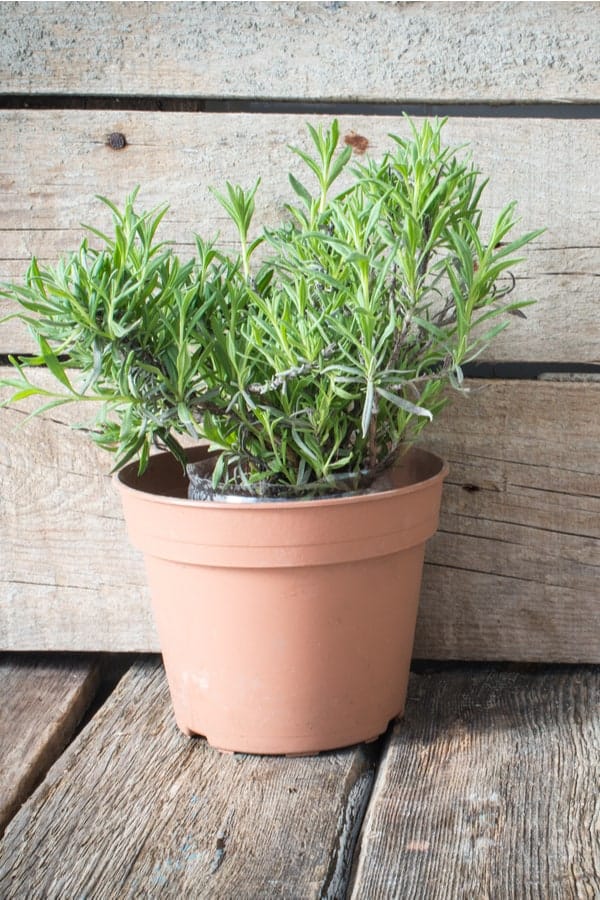
Since this plant requires excellent drainage, it is crucial to choose the right container with enough drainage holes. If you want to grow your plant inside, try to provide a saucer for catching the excessive water.
When you start Lavender from seeds, the best choice is to place them on the top of the moist, sandy ground. Add adequate, alkaline potting mix and put some perlite or slow-release fertilizer over it.
If you decide to plant these flowers in a large container, you should place them 12 to 16 inches (30.5 – 40.5 cm) apart. I like planting Lavender in the lovely terracotta pots, which look impressive in front of my house once the plant blooms. Perhaps you should try that way. I promise you – you won’t be disappointed!
How to Care Lavender
Space
Try to plant healthy and vigorous herbs in an open area. Basically, they will need enough sun and good airflow for thriving. Maybe you should try planting Lavender in groups of three. Some experienced gardeners claim that it is a very effective way to get a fantastic result.
If you decide to plant this herb as a hedge, you should pick out just one type of it. You will be astonished by the effect these flowers can make.
Soil
Provide the lean soil for your Lavender since it can encourage a higher concentration of essential oil. On the other hand, the chalky, alkaline soil will enhance the fragrance of your herbs.
It is crucial to plant it in the well-drained ground with a pH of 6.7 to 7.3. If you need to increase drainage, it is an excellent idea adding sand to the ground before planting.
Light
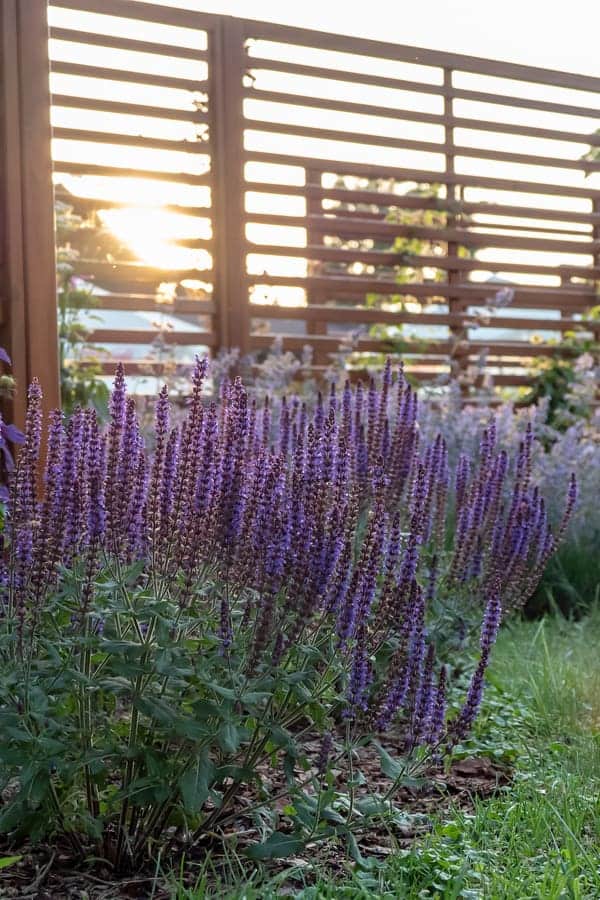
If you plant Lavender outdoors, you should pick out a place for them with full sun during at least six hours a day.
Plants grown indoors require as much as possible light. Put a pot with a plant in a south-facing window with at least three to four hours of direct sunlight daily.
Don’t forget to rotate the pot regularly to get plants with uniform growth and abundant blooming. Otherwise, your herbs will grow weak and spindly without flowers.
Temperatures
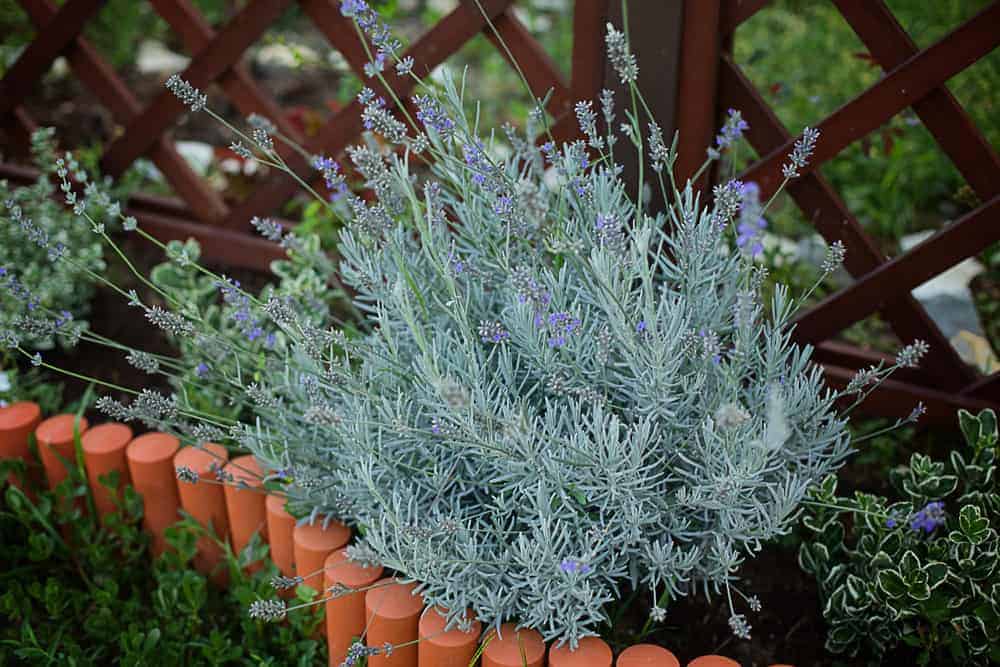
If you grow Lavender outdoors, avoid exposing it to the direct forced-air heat. Provide the temperatures of 70 F (21 C) during the day and 50 to 55 F (10 – 13 C) at night until mid-fall. After that, your Lavender needs daily temperatures of 60 to 65 F (15.5 – 18 C) and from 45 to 50 F at night (7 – 10 C).
Mature plants can tolerate the temperature down to 10 F (-12 C), but take care to protect it from severe frost. When the spring comes, plant your herb outside in a sunny area.
Watering
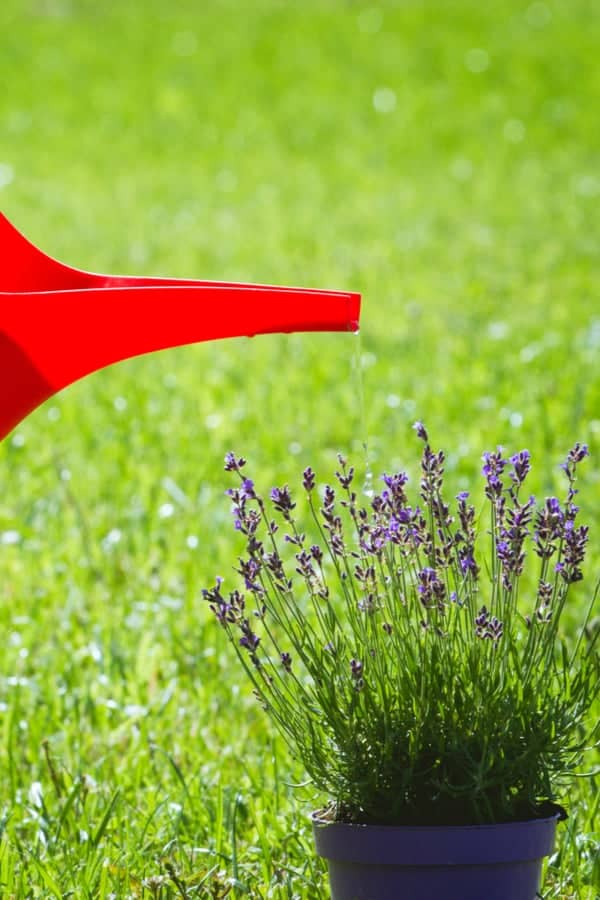
Overwatering can literally kill your Lavender regardless of whether its roots are too wet in winter months or your plant suffers because of the high humidity in summer.
Therefore, try to adequately space these herbs, provide excellent airflow, and protect them from the harsh winter wind. Keep in mind that once established, Lavender is highly resistant to drought.
It requires regular watering during the first season after planting. However, always water your plant abundantly, and then allow the ground to slightly dry before next watering.
If you grow Lavender indoors, check it regularly after moving it outside in spring since it usually dries out more quickly. That means that you need to use a watering can and water it more often.
Fertilizing
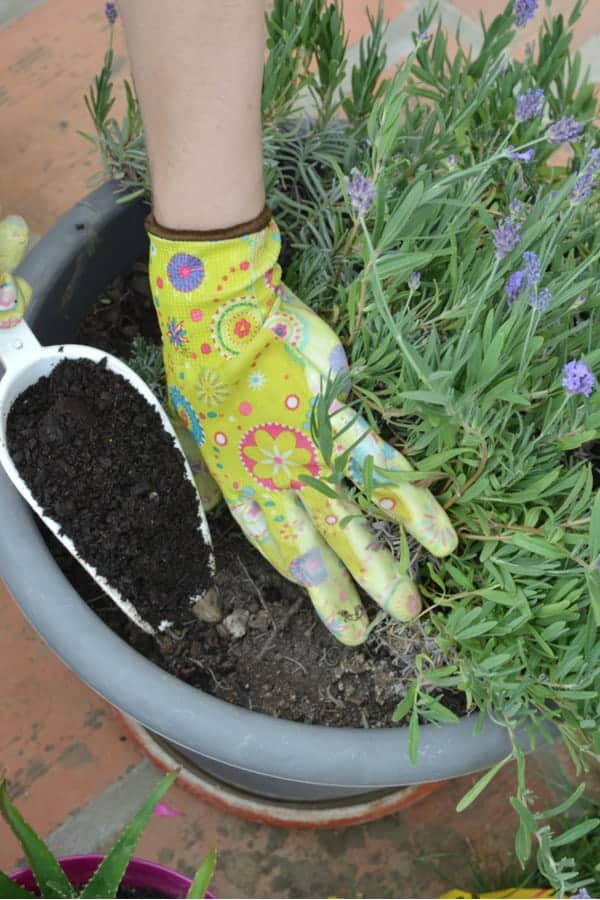
Regularly feed your herb with an all-purpose, water-soluble fertilizer once a month throughout spring and summer. If you sprinkle some potash around the base of Lavender, it will improve its color and encourage more abundant flowering.
Mulching
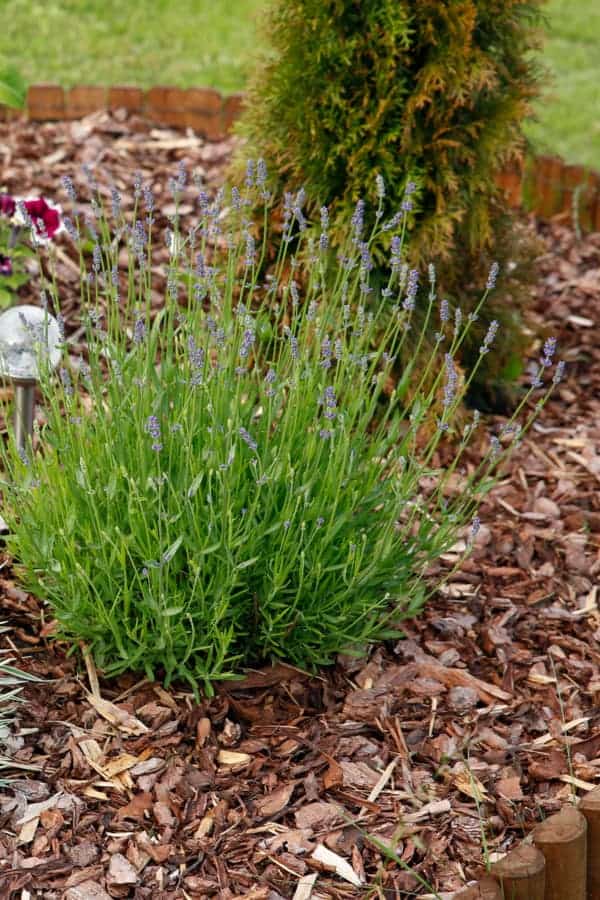
Placing a thick layer of mulch is essential in areas where the soil alternately freezes and thaws in winter. Apply mulch after the ground freezes for the first time in winter to protect your Lavender.
Pruning
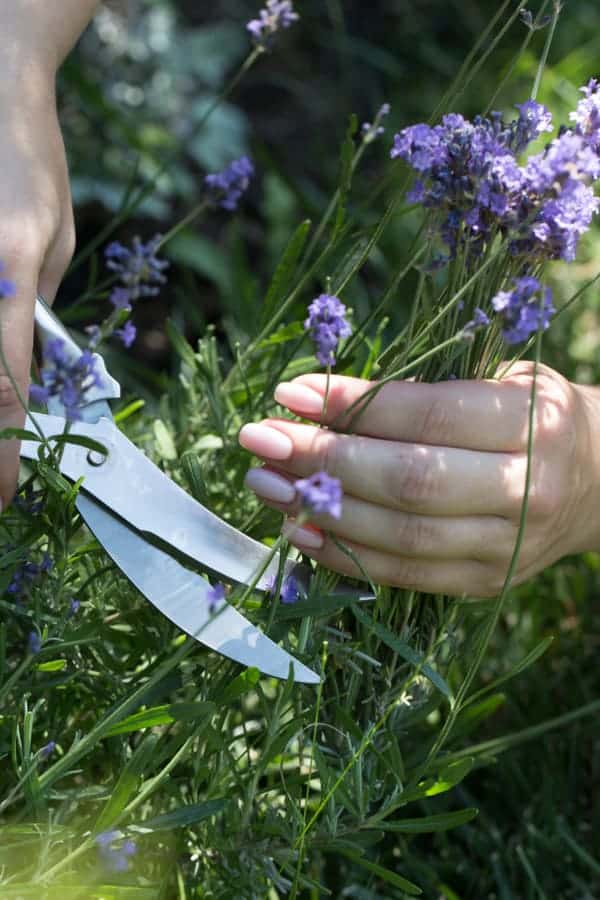
Cutting Lavender when harvesting flowers will encourage new, bushier growth. However, light pruning in spring will keep them well-shaped.
If you grow taller variety, prune it approximately one-third of the total plant height. On the other hand, if you prefer having a lower growing type in your garden, it will be enough cutting just a few inches of stems.
Be careful since severe pruning reduces flourishing. Plus, avoid pruning if you live in a region where the winter die-back of Lavender is the regular occurrence.
Lavender Harvesting and Storage
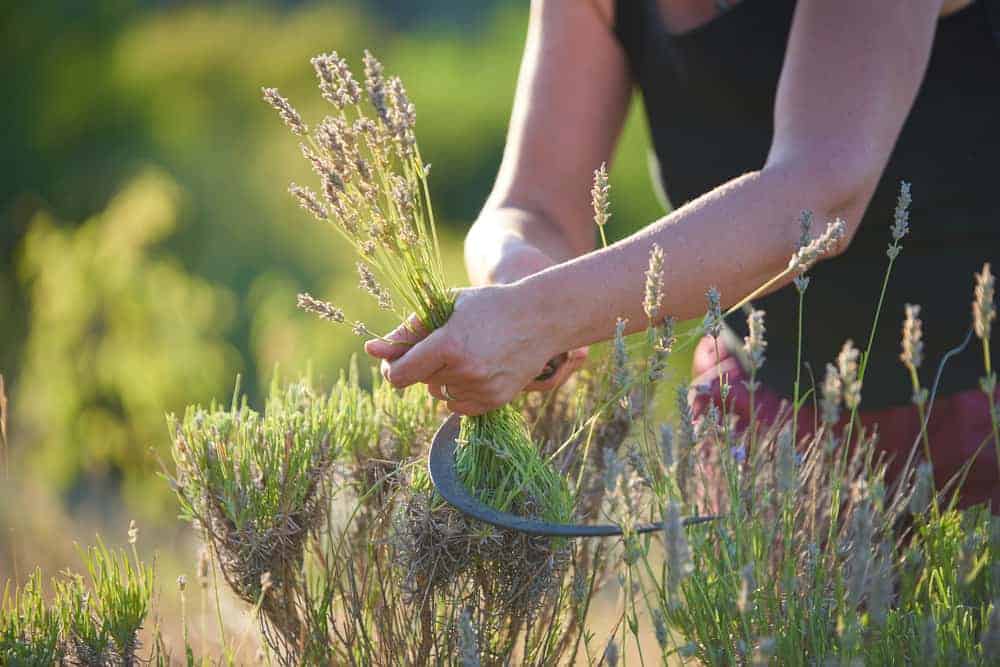
Basically, you can harvest your herb at any time as soon as you don’t cut more than 30% of stems at once. That way, your Lavender will look full all the time.
If you collect flowers just before they start opening and buds are full-colored, you will enjoy their scent for months.
The best way to store your plants is to dry them by hanging flowers upside-down. Keep them in the dark, well-ventilated place to prevent mold and save the beautiful color of blooms.
Lavender Pests and Diseases
Lavender is usually a pest-free plant, but you can face some issues you should look out for.
Slow growing
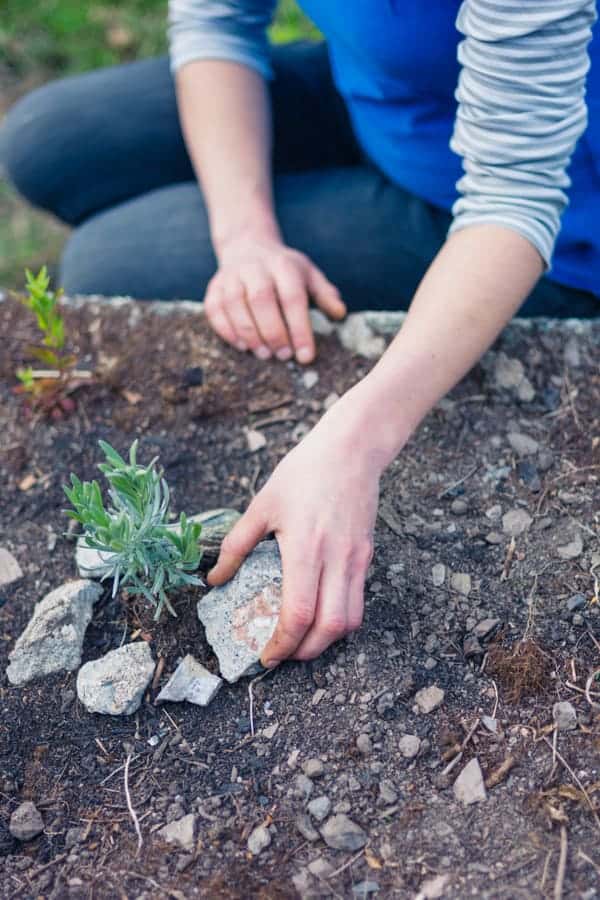
It is usual for Lavender grows too slowly, especially if you sow it from seeds, or propagate the cuttings by yourself. In that case, you should be patient.
On the other hand, if your well-established herb suddenly stops growing well, the first thing you should check is the quality of the ground. Test the level of the pH and the level of the soil moisture. Those are the usual reasons, and you can solve that kind of problem without much effort.
Lack of flowering
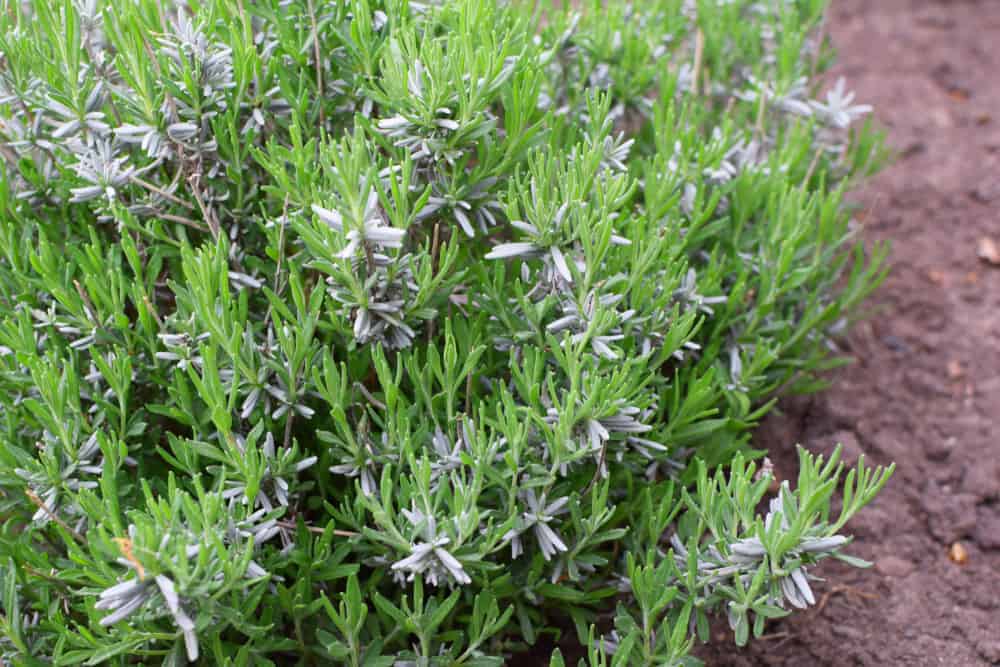
Be prepared that your herb won’t produce flowers if planting in the place without enough sunlight.
The reason can also be inadequate pruning. If you over-prune your plant, you will become very disappointed when discovering the absence of blooming.
Dying of the plant
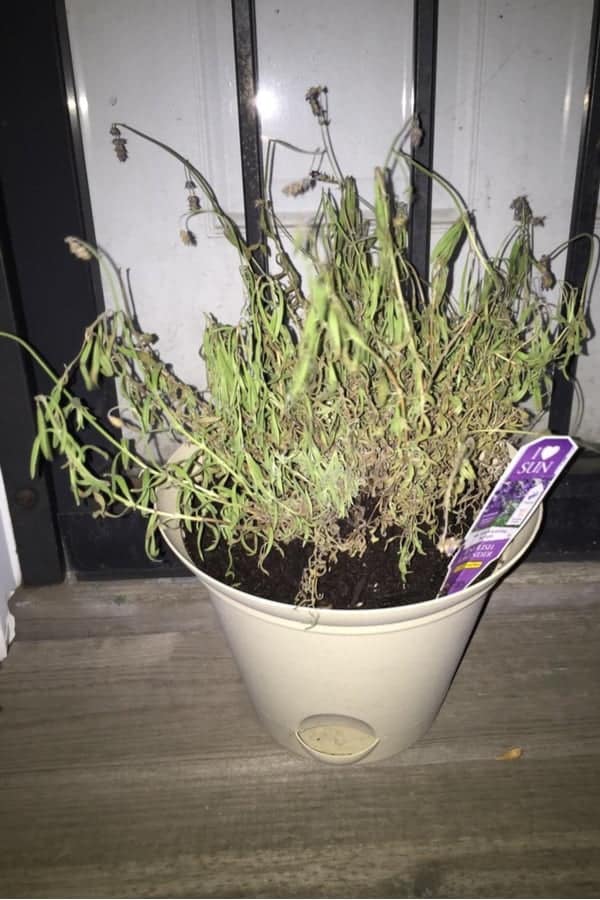
The most common reason why Lavender may die is overwatering, which causes root rot. If you are sure that you water your plant properly, maybe it is about damage caused by low temperatures during winter.
Whitefly
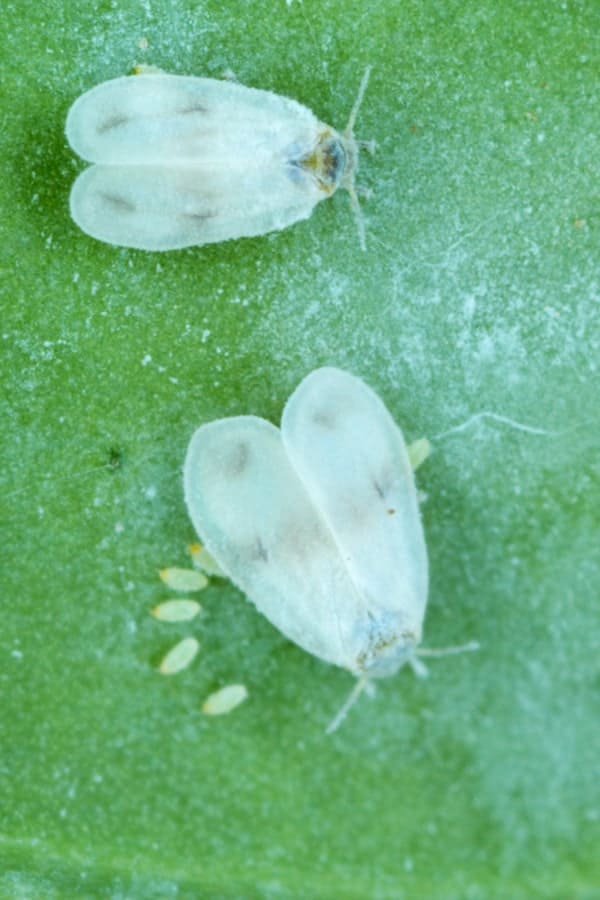
Rarely, you can spot these insects on your Lavender, but they won’t cause a fatal infestation. In severe cases, it is possible noticing yellow leaves and less vigorous growth of your plants. Get rid of them by water spraying adults.
Shab
This fungal infection may damage and kill the branches of your Lavender. As soon as you notice sudden wilting of shoots and brown, spotted stems, you should dig up affected plants and burn them right away.
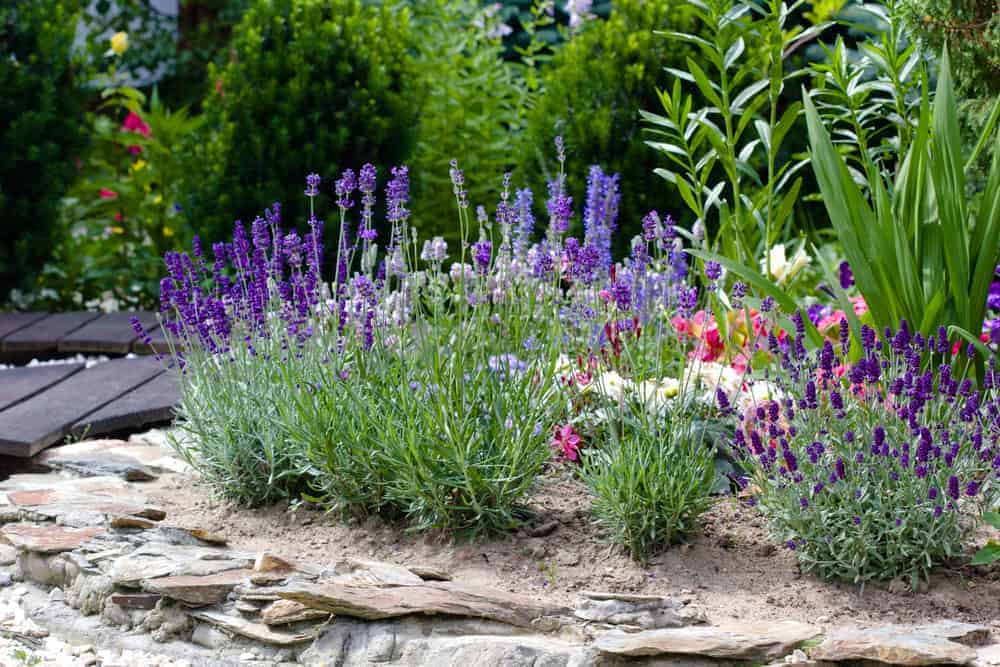
Leave a comment